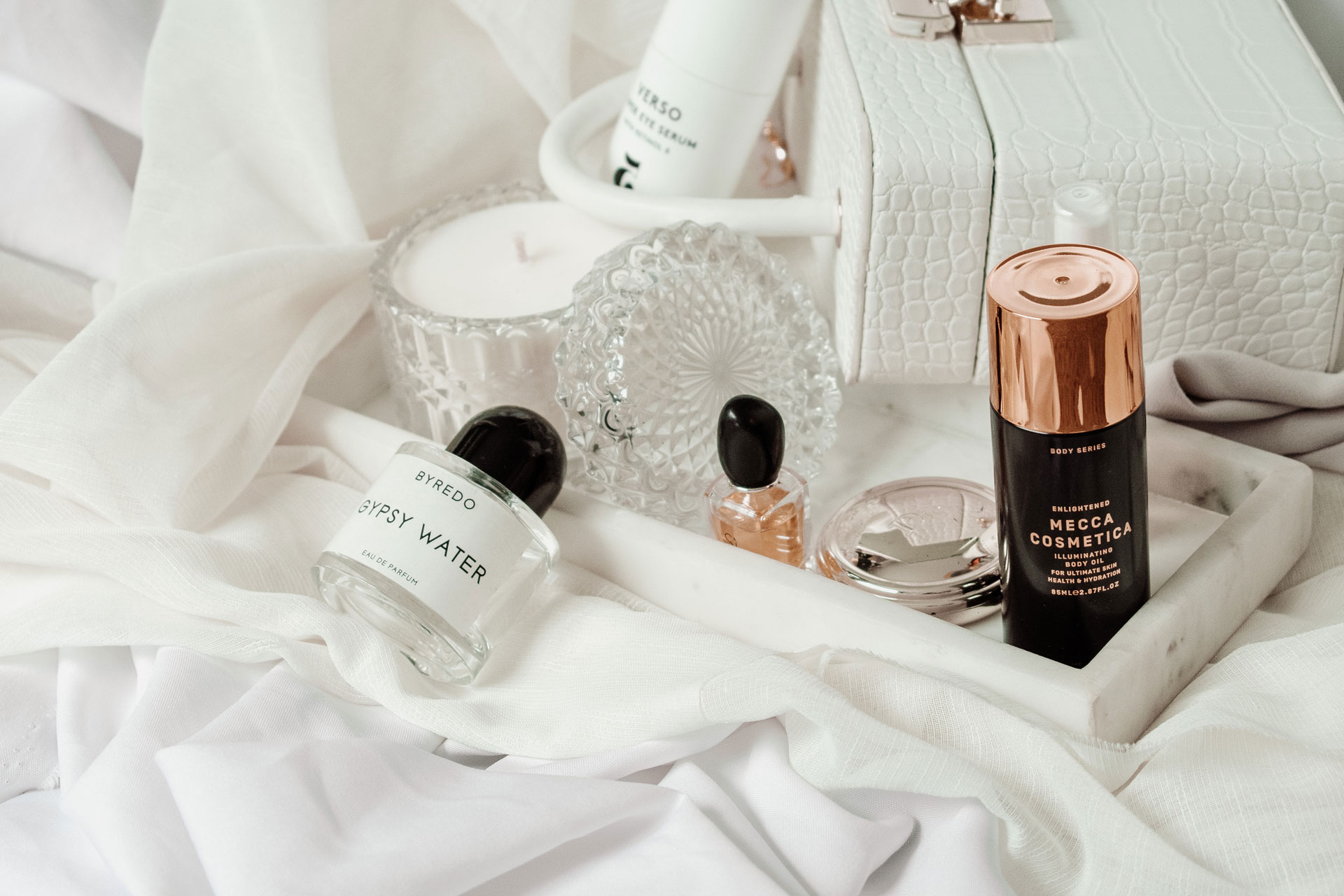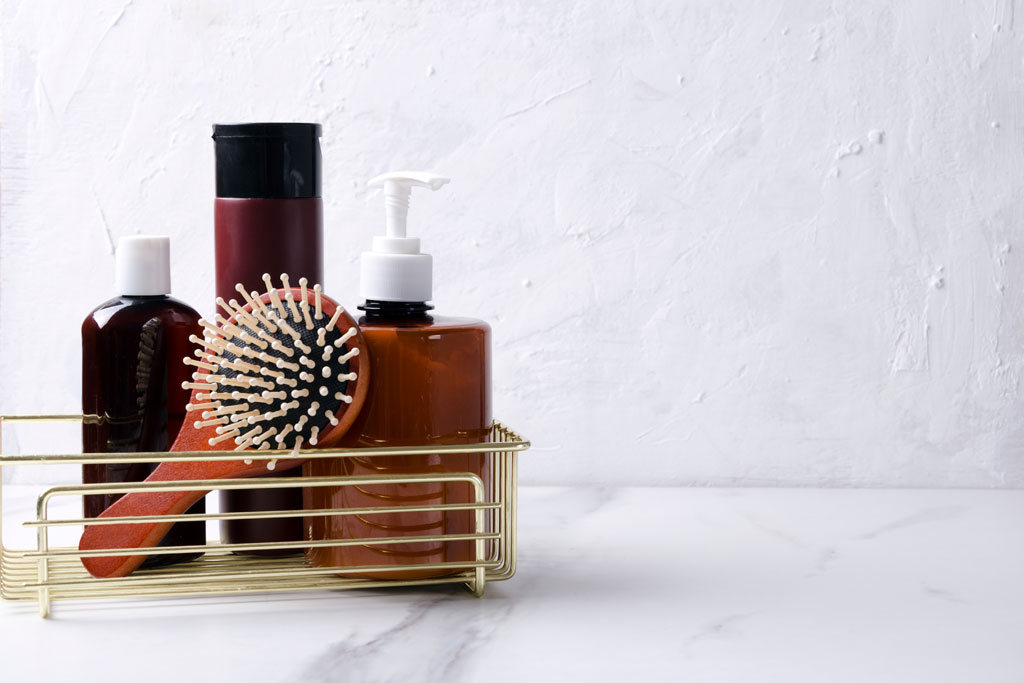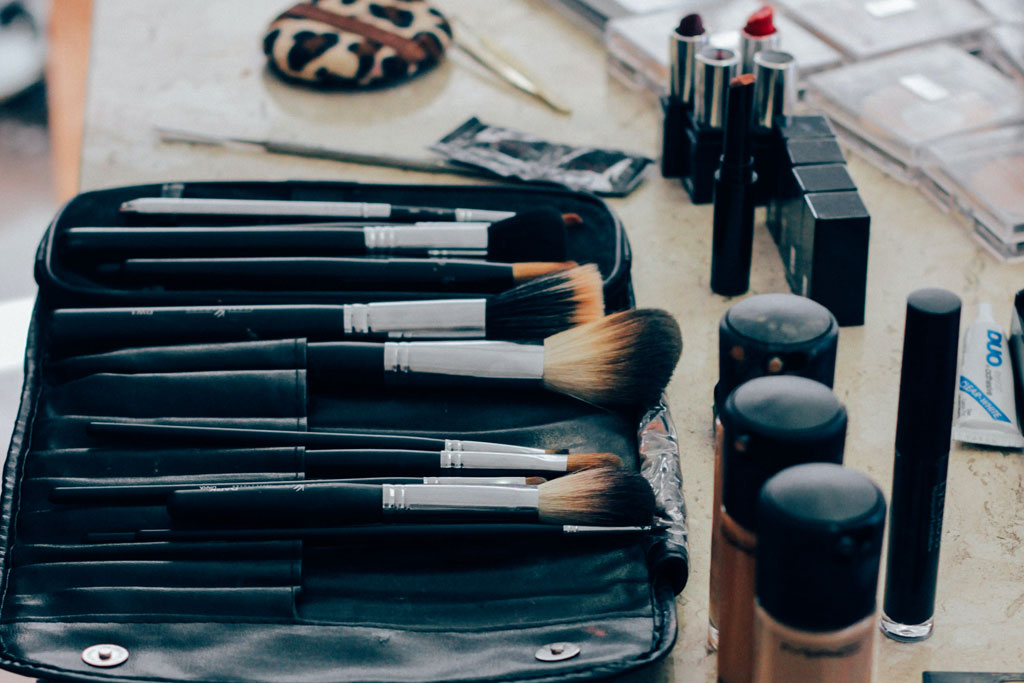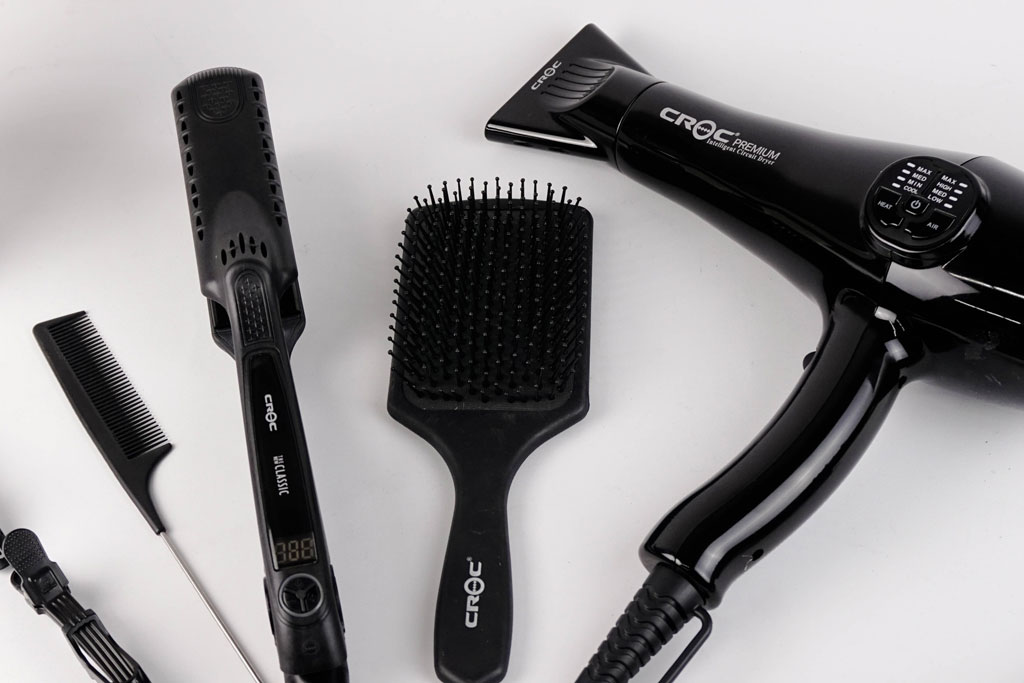
- HOME
- HEALTH & BEAUTY
How To Recycle Your Beauty Products
From what can be recycled at home to brands offering in-store schemes
By | 2 years ago
We’re all pros about being green in the kitchen nowadays, but what about in our bathrooms? According to research from Garnier, 56 per cent of Brits don’t recycle their beauty products – which, considering 120 billion units of packaging is produced by the global cosmetics industry every year, is proving hugely detrimental to the planet.
Saying that, the world of sustainable beauty has come on leaps and bounds in the past few years. Countless zero waste brands, products and lines have launched across the industry, from Lush’s packaging-free skincare range to reusable makeup remover Face Halo to Mooncup, the original eco-friendly menstrual cup. You can read all about these here.
But when it comes to recycling beauty products, there’s still a lot of confusion. Which bottles can be recycled? Should the lids be removed? What about electrical products? What should be done with non-recyclable bottles? With that in mind, we’ve put together a handy guide, detailing which products can be recycled at home as well as information on brands offering in-store recycling services.
How To Recycle Your Beauty Products
Which beauty products are recyclable?

Getty Images
Generally, glass and plastic bottles can go in the recycling bin, but pumps, flip top lids and trigger heads need to be removed first. Aerosols like deodorants and hairspray can usually be recycled too, as they tend to be made from tinplated steel or aluminium. It’s important to note that all bottles must be empty. Give glass and plastic bottles a good rinse, particularly if the product inside was oily. With aerosols, just ensure you’ve finished the product.
If you’re unsure about a particular product, check the label for the triangle with arrows symbol or have a look on the Recycle Now website.
Which beauty products are partly recyclable?
Although many foundation bottles are made from glass or plastic, there are currently no recyclable foundation pumps on the market – so you’ll need to remove these. Another one to watch out for is mirrors and magnets on make-up palettes, which aren’t recyclable. And, while mascara bottles are often made from recyclable materials, their wands and brushes aren’t.
Which beauty products are non-recyclable?

Unsplash
As a result of the hazardous toxins found in nail varnish, nail varnish bottles can’t be recycled – even when thoroughly rinsed. Standard make-up wipes can’t be recycled either, unless they’re labelled as biodegradable. And whether they’re made of animal hair or vegan, make-up brushes should be disposed of in your normal bin. Make sure you’re washing them regularly to prolong their lifespan.
Another important one to note is cotton pads, which have come under fire for their harmful effects on the environment. These can’t be recycled, but they can be composted: just pop them in with your food waste.
Which brands offer recycling services?
Although some beauty products are classed as non-recyclable, there are ways to put them to use. The name to know here is Terracycle, known for recycling the non-recyclable. As well as offering collection points across the UK, Terracycle works with brands to make their business more eco-friendly – such as helping REN create a product line made from recycled materials.

Unsplash
Several brands also offer in-store recycling services, many with extra incentives. Kiehl’s run a reward system where you can claim a free product when you bring ten empty ones in, while L’Occitane has had a return system for its glass bottles since way back in 1976. Wondering what to do with your old hair straighteners? Cloud Nine will recycle any unwanted hair tools free of charge.
READ MORE:
Sustainable Activewear Brands / Guide To Sustainable Interior Design



